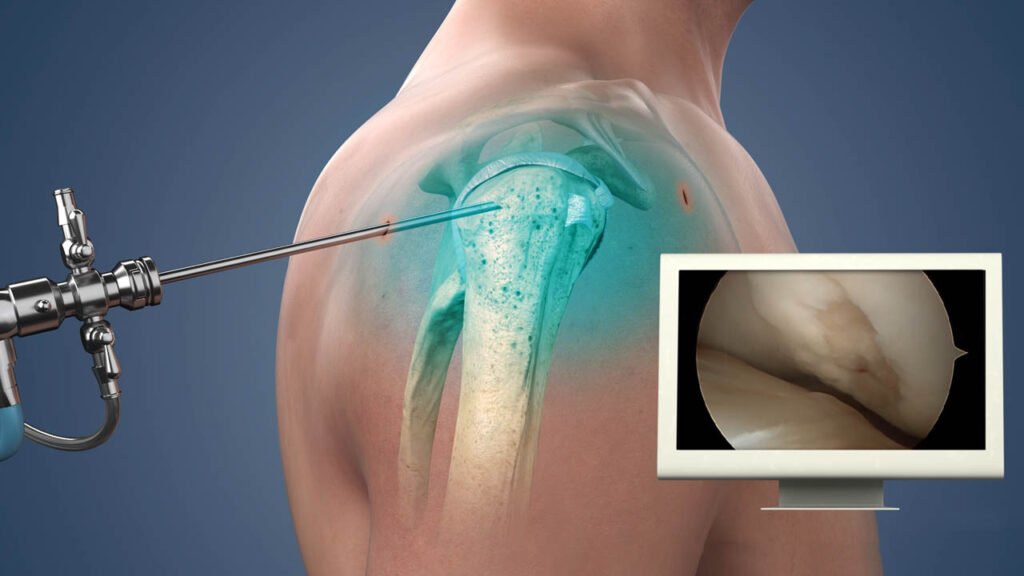Shoulder arthroscopy


All Services
- Knee replacement surgery
- Partial knee replacement
- Hip replacement
- shoulder replacement
- Joint replacement
- ACL surgery
- PCL surgery
- Ligament surgery
- Meniscus repair surgery
- Key hole surgery
- Arthroscopy surgery
- Joint preservation surgery
- High tibial osteotomy surgery
- Fracture surgery
- Trauma
- Shoulder arthroscopy
- Shoulder dislocation surgery
- Rotator cuff repair surgery
- Spine surgery
- Knee pain
- shoulder pain
- Back pain
- Nonunion surgery
- Bone and Joint
- Joint pain
- Sport injury
Contact Us

What is Shoulder Arthroscopy?
When is Shoulder Arthroscopy Recommended?
Your doctor may advise shoulder arthroscopy if you have:
👉 Rotator cuff tears
👉 Recurrent shoulder dislocations
👉 Shoulder impingement syndrome
👉 Labral tears (SLAP tear)
👉 Frozen shoulder not improving with non-surgical treatments
👉 Bone spurs or loose fragments causing pain
👉 Shoulder joint infections
How is Shoulder Arthroscopy Performed?
Tiny incisions (about 0.5 cm each) are made around the shoulder.
An arthroscope (small camera) is inserted to see inside the joint.
Specialized instruments are used to clean, repair, or remove damaged tissue.
The procedure is done under regional or general anesthesia.
Benefits of Shoulder Arthroscopy
✅ Smaller incisions and minimal scarring
✅ Less pain after surgery
✅ Lower risk of infection
✅ Quicker recovery and return to activity
✅ Outpatient or short hospital stay
Recovery After Shoulder Arthroscopy
Hospital stay: Same day or 1 night
Sling support: Worn for a few weeks
Physiotherapy: Essential for regaining motion and strength
Return to sports or heavy work: 3-6 months depending on the procedure
